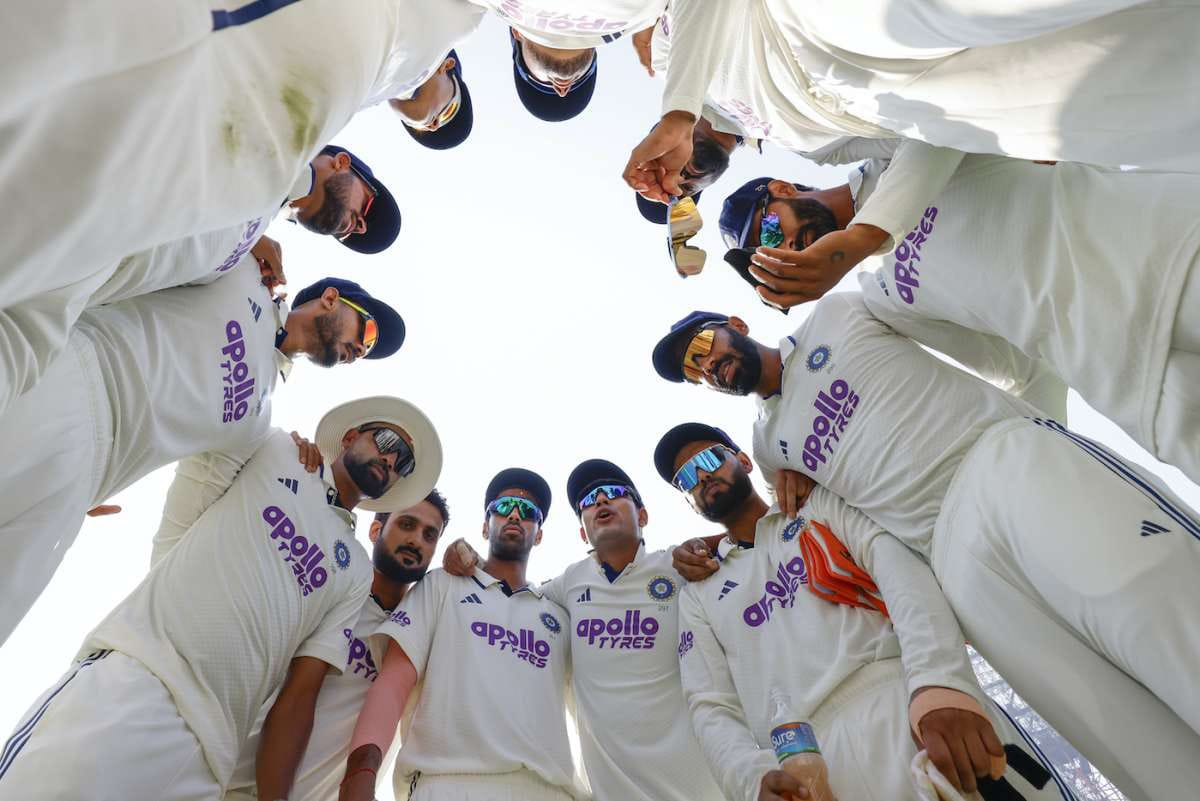Let’s begin with a short quiz. When was the previous time India lost two Test series at home over roughly 12 months? The answer is 1983-84 and ’84-85, when India went down to both the West Indies and England. But before the two whitewashes versus New Zealand and South Africa, when did India last suffer a couple of clean sweeps at home over one year? Even a cricket aficionado would have to rack their brains.
Yours truly recalled a couple of home series, what about the West Indies and Australia touring India in the late 1950s? In reality, that too is the wrong answer, as India lost to Australia and the West Indies over a stretch of roughly three years, with the results reading 0-2 in three Tests and 0-3 in five. All of which underscores the point: India hurtling to whitewashes against New Zealand and South Africa is unprecedented in its Test cricket history.
So, will India continue to slip into a deep abyss? How can they resurrect their fortunes at home? In an era where some of the best talents prioritise white-ball cricket, there is no clear-cut answer. But the following points could help India recover from this dark phase.
What about Gautam Gambhir as head coach?
As expected, Gautam Gambhir’s coaching credentials in Test cricket have come under heavy scrutiny. It is true there have been questionable calls, from not picking a tall fast bowler at the Gabba to selecting two spinners on a green mamba at the SCG, and the muddle over extra batting depth in England.
Even in Indian conditions, he tried to fit in Nitish Reddy, the all-rounder. Logically, a medium pacer who bowls at about 78-80 mph and wobbles it a bit is unlikely to succeed on slow wickets. His batting too doesn’t add much heft to the side. You would rather pick a specialist over Nitish.
On the technical side, it was curious that KL Rahul and Dhruv Jurel didn’t take an off-stump guard on days four and five in Guwahati while facing Simon Harmer. The off-spinner gets it to dip and attacks from outside off. On a turning pitch, taking an off-stump guard would have been prudent.
Is Gambhir’s coaching the only reason for India’s losses? No. He is certainly part of the problem but not the sole cause of India’s abject displays.
What about trying more sweeps and reverse sweeps?
In the DRS era, with finger spinners consistently bowling quicker through the air, skipping down the track and lofting has become a low-percentage option. That leaves the sweep and reverse sweep. Consider the following innings: Ollie Pope’s 196 in Hyderabad, New Zealand’s collective effort in Pune, and Tristan Stubbs’ 94 in Guwahati. All three featured heavy use of sweep variations.
In Pune, New Zealand attempted an astounding 67 such shots, while 33 of Stubbs’ runs came via the sweep. In contrast, when India crumbled to a gut-wrenching loss in Kolkata, they attempted only eight; three of those came when the game was already gone. That statistic tells its own story.
There are further factors. Rohit Sharma and Cheteshwar Pujara would skip down the track not necessarily to loft, but to smother spin and bring the 3m rule into play. The current crop of Indian batters seem rooted to the crease.
What to make of India’s spinners?
Keshav Maharaj and Simon Harmer didn’t just outbowl the Indian finger spinners in terms of revs; they also outbowled India’s wrist spinner. What went wrong? Jadeja remains a bowler of the highest class when the pitch offers turn at pace. But on a slow surface like Guwahati, he struggled, especially in the first innings. No wonder the inexperienced Washington Sundar grappled too, often firing it in.
Harmer, meanwhile, brought all his subtleties into play, varying his pace from 78 kph to as high as 92 kph. He also attacked from outside off. In more batter-friendly conditions, he showed the gulf in class. The learning for India’s spinners, not just those in the national side but at lower levels too, is to diversify their skills.
What about the Ranji Trophy and first-class standards?
At a macro level, what about the overall standards of first-class cricket? Over the last decade, we’ve seen a spate of grassy decks staying low. On those surfaces, medium pacers thrive. But does it help Indian cricket? Perhaps not.
Such conditions don’t encourage pace bowlers to search for swing with the older ball. They don’t help batters develop their skills against spin. And when India tour SENA countries, pitches rarely stay low.
This is why the IPL has become a default mechanism for Test selection, especially for fast bowlers, where the benchmark is higher. It’s also why selectors carefully monitor India A and Duleep Trophy performances. One particular opener constantly knocking on the national door has generally underperformed for India A. In this context, the board must organise more India A tours abroad.
The white-ball threat
The selectors face another problem. In the IPL era, some of India’s best batting talents naturally gravitate toward developing hitting ability. Clearing the front leg and smacking across the line often takes precedence over moving across and covering off-stump. In such circumstances, unearthing genuine red-ball specialists becomes far more difficult.
For more details, follow the REVSPORTZ app.

